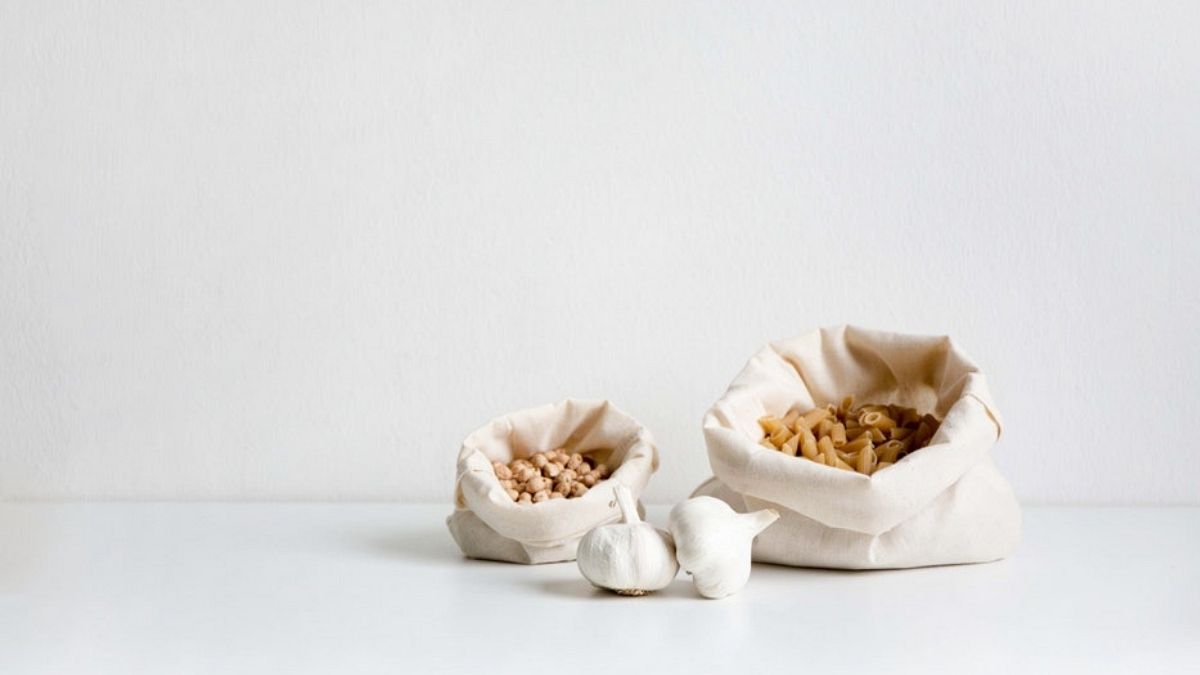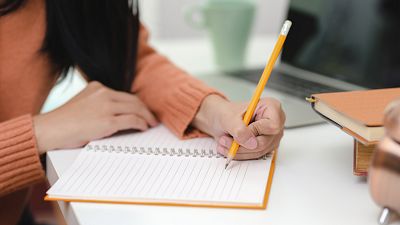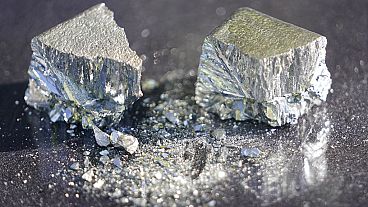A Q&A with Instagram’s Wasteland Rebel
A vegan who’s passionate about zero-waste and minimising the amount of harmful materials she consumes, such as plastic and palm oil, Shia Su is a force for change. Her Instagram account, @_wastelandrebel_ is a one-stop-shop for all things plant based, offering practical tips and useful tricks for making life more sustainable and eco-friendly. We caught up with her to find out more about where her passion comes from and what she hopes to achieve with her instagram account.
What inspired you to start your Instagram account?
“I have been blogging for eight years. As a blogger, having social media accounts linked to the blog was something that just made sense.”
How has your relationship with sustainable food evolved over time?
“I started out as a food blogger in 2011, developing and sharing recipes for cakes, cookies, and desserts. As you can tell, I’ve got the biggest sweet tooth! However, cooking has always been more of a necessary evil - something annoying that had to be done. Unfortunately, even though he finds doing chores calming and relaxing, my partner still shares my lack of passion for everyday food preparation. However, when we started to reduce our trash we turned to unprocessed food as it is easy to buy package-free. We were suddenly faced with the seemingly enormous task of learning how to prepare food—from scratch! It was a challenge at first, but one that was worth it. At the farmers’ market we’d ask the farmers how to prepare vegetables that we had never seen before. They also told us how they grew certain things. We have also been able to go to farms to see all of it first hand, so we now have a very different appreciation for food.”
Have you always followed a sustainable diet?
“Not at all! Everything sugar was what I was into! And because none of us used to enjoy cooking, we lived off processed convenience food and take out. Thinking back now, I wonder how my body managed to handle me throwing all that junk at it…”
How can people ensure the food they buy is sustainably made and sourced?
“Download a calendar that tells you what is in season where you live. Check it and buy at markets if you can. Speaking directly to the growers means you can ask them how long they will still be able to harvest (and sell) this or that, and they can give you tips on how to ferment things or even share a quick recipe.”
“Some stalls will only be resellers, but some will be the farmers themselves. Ask them where their farm is and if you can visit. Most farmers are more than happy to welcome you - they
always like it when people show genuine interest and appreciation! However, if a farmer says no, that’s a red flag. What do they have to hide? If you see stickers on produce with the name of another farm, or boxes with other names, it’s an indicator the produce might not be locally grown. If you ask the farmer and they deny it, that’s another red flag. Keep in mind these are exceptions.”
What are the biggest problem areas in food consumption at the moment when it comes to sustainability?
“Globally, about a third of the food we grow is wasted. Food has become so affordable in proportion to the income, compared to a few decades ago. Easy come, easy go. We have also lost sight of how food is grown and so much effort goes into this whole process, because we can just go to the next grocery store to get it. We also have this mindset where we want access to anything anytime. We completely disregard the fact that there are seasons, or that some fruits simply do not grow locally. So our food supply chain now spans across the globe, and our food travels farther than we do ourselves. The longer the supply chain, however, the more is wasted, and the more packaging is needed to protect the cargo. This means more plastic waste, too.”
How would you describe your photography aesthetic? What are you hoping to inspire?
“To be honest, I think my photography is a bit all over the place at the moment. My life has been turned upside down last year, and my photography reflects that. Regardless, what is important to me is to add value to my followers life. Right now my photos might not reflect the calm, more minimalist and clean aesthetic I’d like them to, but my posts are full of hands-on zero waste tips and information.”
What tips can you offer people for reducing their food waste?
“Buy less than what you feel you should buy. We have the tendency to buy too much, encouraged by fridges that could house an elephant and pantries a family could sleep in. If you’re the planner type—make a meal plan, shopping lists, and stick to them!”
When did you start working in sustainable eating and what was the catalyst for doing this?
“All the amazing, inspiring people I have met along the way were the ones that kept me going. Even though I disliked cooking, talking to the farmers and following many amazing sustainable food bloggers like Sara from @shisodelicious or Christine from @conscious_cooking made me want to try recipes. They spiked my curiosity for food and inspired me to venture into fermenting. Who would have thought I’d go from frozen pizza girl to fermentation-crazed lady?”
Can you tell me a little more about your book?
“I wrote this book with the voice of one my best friends since high school in mind. She is a career woman with a busy schedule and a long commute. She always said she’d love to have a more sustainable lifestyle but simply lacks the time to do the research and to DIY everything. Besides, she prefers to spend the little free time she has with her family and her husband. And I get it—who’s got the time, really?”
“She wanted a preferably skim-able guide with simple hacks that she didn’t have to read cover to cover. So I came up with the very visual beginner-friendly cookbook-like concept. It helps you get into the right mindset and provides background information, much like the introductory section of cookbooks explaining the particularities of a cuisine. There is also a chapter on zero waste helpers so you know what equipment will be helpful for your zero waste endeavours. It’s helpful and very practical information, but if you don’t have the energy to deal with it, that’s fine too! You can just jump to whatever you feel is manageable for you at the moment, or whatever you feel drawn to when flipping through the pages, and try one or two easy swaps or a one-minute recipe.”
Shia Su’s Zero Waste Book is out now and available here.



